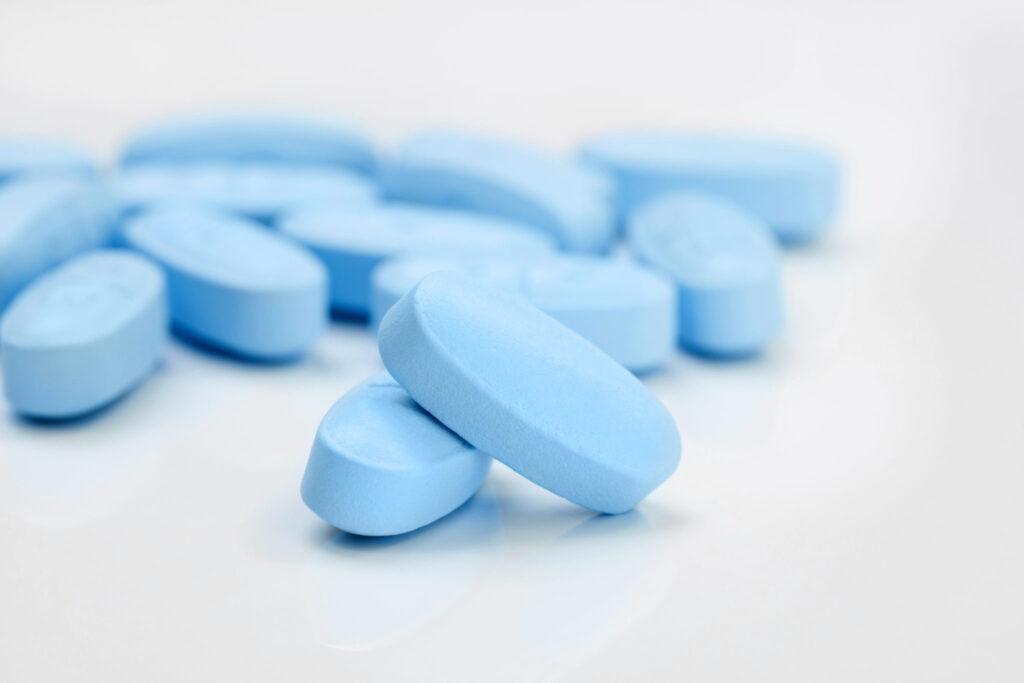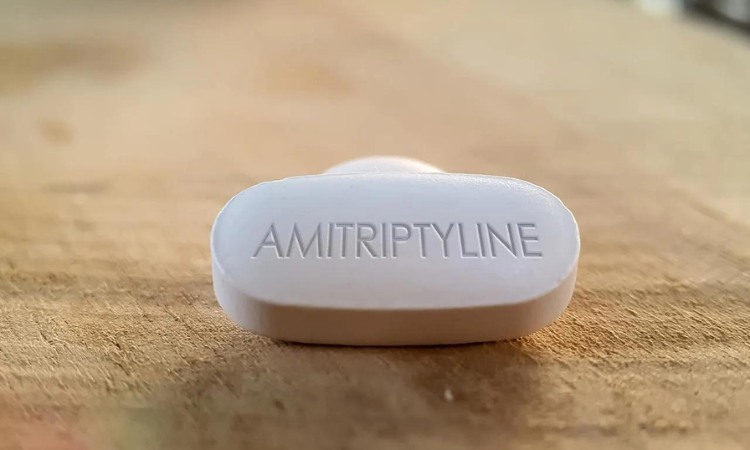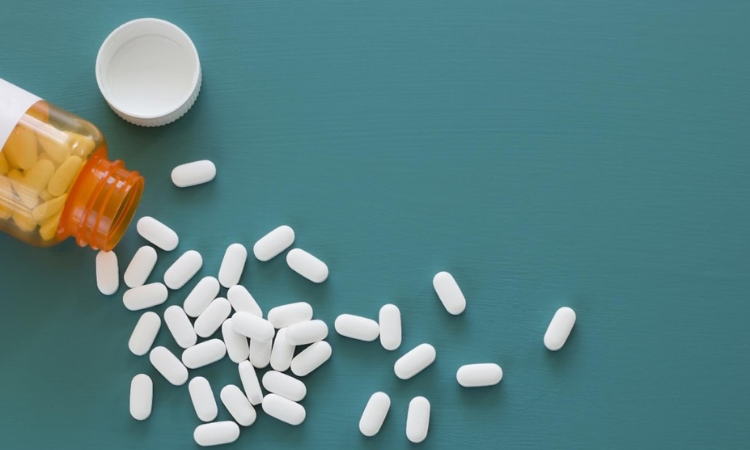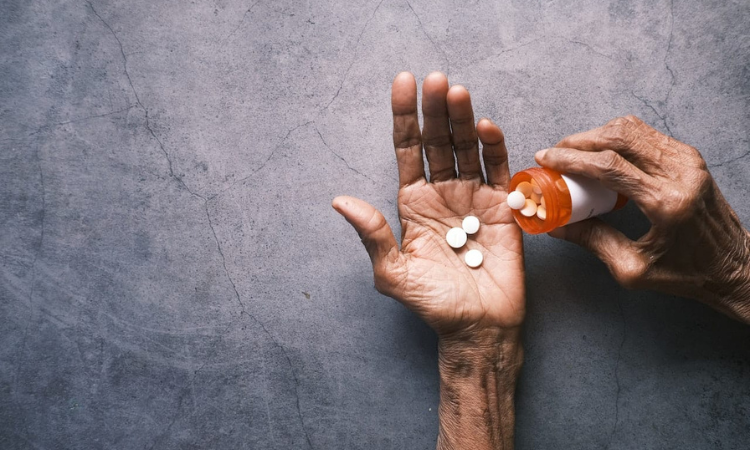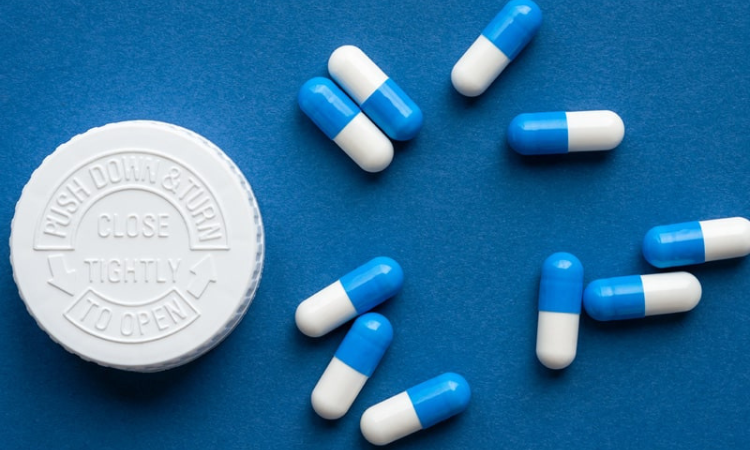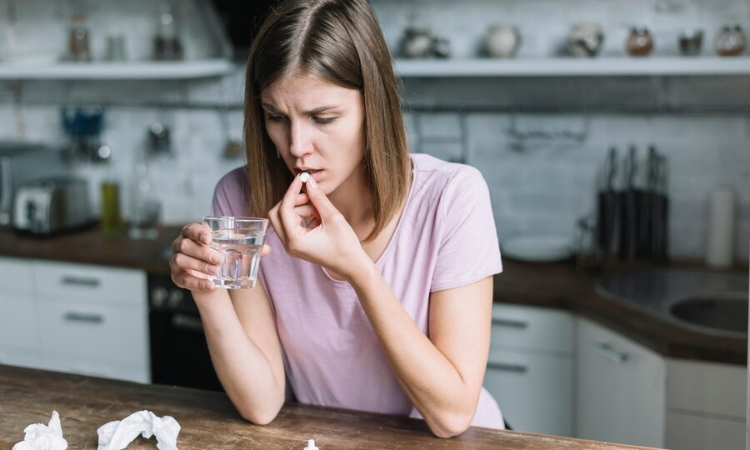Naloxone is an effective opioid antagonist, but how long does Naloxone last in your system is the main concern. Addiction affects the brain and can be damaging to the human body. The most life-threatening addiction is that of opioids. According to the Centers for Disease Control and Prevention (CDC), in 2020, opioids caused about 69,000 deaths in the U.S. Over 82% of these involved synthetic opioids. As a result, the US has implemented various treatment options to address the increasing rates of opioid use disorders (OUD). One such life-saving window is Naloxone. But how long does Naloxone last in your system, and how it reacts matters the most?
Naloxone was developed as an alternative to other opioid antagonists drug for treating heroin addiction. In this article, we will discuss how long does Naloxone last in your system and how it works to help rescue anyone from an opioid overdose. Read On!
What is Naloxone?
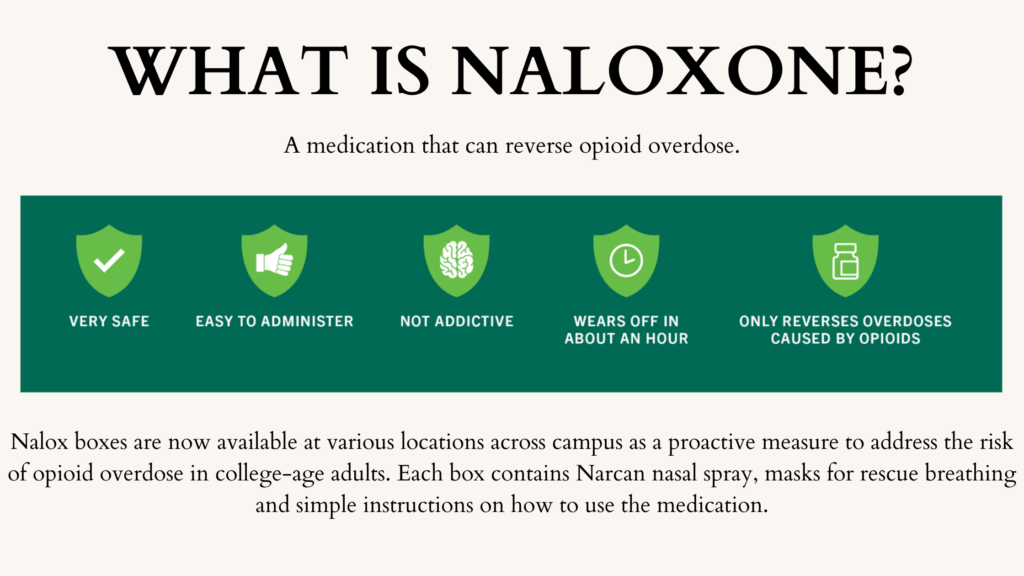
Naloxone is an FDA-approved medication to counteract opioid drug effects, majorly in cases of overdose, which are a major cause of death globally. Naloxone belongs to the class of medications called opioid antagonists. It works by quickly blocking opioid receptors in the brain, reversing the effects of opioids. Naloxone is used in emergencies suspected of having overdosed on opioids.
Signs of a serious overdose include extreme drowsiness, difficulty waking up, or breathing problems, ranging from slow/shallow breathing to not breathing at all. Naloxone works by binding to opioid receptors in the brain with high affinity, displacing any opioids present and temporarily blocking their effects. This rapid action can potentially save lives.
However, the answer to how long does Naloxone last in your body varies depending on the dose administered and the individual’s metabolism.
How long does Naloxone last in the body?
Various factors influence the duration in which Naloxone remains in your body. One such factor is Naloxone’s half-life, which refers to the time required for half of a substance to leave the body completely.
According to the National Institute on Drug Addiction, Naloxone only works in the body for 30 to 90 minutes.
- Naloxone works in the body for 30 to 90 minutes.
- Its short half-life is about 1-3 hours, depending on administration method.
- Half of the naloxone dose is eliminated within 24 hours.
- After 72 hours, 60-70% of the naloxone dose has been eliminated from the body.
Naloxone is broken down in the body to form other substances called metabolites, also found in the urine.
Overall, naloxone leaves the body relatively quickly, most of it gone within 1-3 days. The exact time can vary based on the individual and how the naloxone was given.
Understanding how the body metabolizes Naloxone
Naloxone is broken down in the liver through glucuronide conjugation, primarily converting it into naloxone-3-glucuronide, its main metabolite. This metabolite is then mainly expelled through urine. Naloxone can also undergo N-dealkylation and reduction of the 6-keto group before conjugation.
How long does it take for Naloxone to start working?
Naloxone starts working very quickly to reverse the effects of an opioid overdose:
- When given intravenously (IV), the effects of naloxone can be seen within 1-2 minutes.
- When administered intramuscularly (IM) or subcutaneously (SC), naloxone takes 2-5 minutes to start working.
- Intranasal naloxone, such as the Narcan nasal spray, reaches peak brain receptor occupancy around 20 minutes after administration.
- A single IV dose of 2 mg of naloxone can block 80% of opioid receptors in the brain within 5 minutes.
Factors affecting how long does Naloxone last in your system
It usually takes two to three days for Naloxone to leave a person’s system completely. However, factors affecting how long does Naloxone last can vary.
Some things that can affect how long does Naloxone last in the body include:
● Age, Weight, and Metabolism Speed
Youngsters weighing less and having a fast metabolism process Naloxone faster.
● Duration and Frequency
Naloxone may stay longer in the bodies of people who use it frequently or in large doses.
● Liver Health
If someone has liver problems, like moderate to severe liver disease, Naloxone can stay in their body longer.
● Drug Interaction
Some drugs or medications can change how long does Naloxone last in the body.
FAQs: How long does Naloxone last?
1. What happens if you give Naloxone to someone who doesn’t need it?
Naloxone won’t hurt someone who hasn’t taken opioids. If someone is having a different medical emergency, like a diabetic coma or a heart attack, giving them Naloxone won’t worsen the condition. However, it’s always better to consult a healthcare provider.
2. What’s Naloxone’s expiry date?
The FDA extended the shelf life of NARCAN nasal spray from 2 to 3 years in August 2020.
3. What is the duration of action of Naloxone nasal spray?
The effects of Naloxone nasal spray begin within two minutes when given intravenously, five minutes when injected into a muscle, and ten minutes as a nasal spray. Naloxone blocks the effects of opioids for 30 to 90 minutes.
4. What is the peak effect of Naloxone?
For high-affinity opioids, reversal with naloxone is possible, but the rate of reversal is relatively slow (peak effect after 25 min).
5. How often can Naloxone be repeated?
You can take more doses of naloxone every 2 to 3 minutes until the person responds. Consult your doctor before overdosing.
Conclusion
Overall, Naloxone is here to rescue you from opioids. It can reverse the effects of opioids such as morphine, codeine, oxycodone, heroin, and others. Naloxone works out in a very short duration and has proven to be a well-reacting medicine. However, how long does Naloxone last depends on the patient.
A person can experience the effects of an overdose still after Naloxone wears off or need multiple doses if a potent opioid is in a person’s system. Always consider consulting your healthcare provider in every case of starting medicine, withdrawing, and overdosing.

